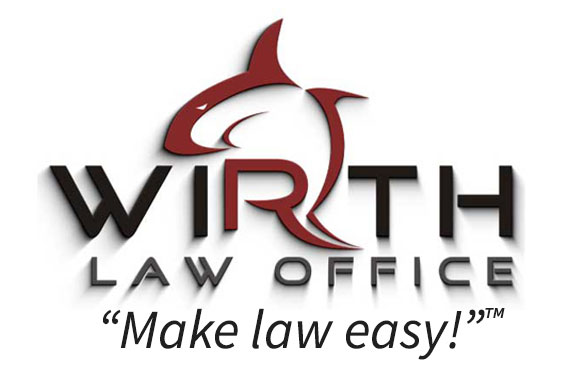Automatic Temporary Injunction Affects Both Parties
Video Transcribed: What is the automatic temporary injunction that goes along with filing a divorce petition? I am Stuart Ericson, I am an attorney in Wagoner. The automatic temporary injunction is something that goes along with the divorce petition in the state of Oklahoma.
And it goes into effect against both parties: the petitioner, the one asking for the divorce, and the one who’s on the other side, who is called the respondent. And basically, it’s going to stop the parties from doing certain things.
 Once that goes into effect, with the service, certain things can’t happen. For example, transferring or disposing of money in any joint accounts. You can’t go out and withdraw a lot of money and go spend it. That’s prohibited.
Once that goes into effect, with the service, certain things can’t happen. For example, transferring or disposing of money in any joint accounts. You can’t go out and withdraw a lot of money and go spend it. That’s prohibited.
Destroying or hiding property, out of spite or for whatever reason; you can’t dispose of a property, destroy property, or hide property from the other party because all of it is going to have to be dealt with in the divorce.
Withdrawals from retirement or any investment accounts. Again, those or assets of the marriage need to be determined through the divorce process. So, once the petition’s served, nobody can secretly start withdrawing or spending.
Those things are prohibited. Changing insurance policies, automobile or otherwise, those need to stay in place. Because again, all of those issues will need to be determined throughout the divorce process.
On the flip side, it also requires certain disclosures; certain things that you have to disclose to the other party. For example, federal and state income taxes. Two months of most recent pay stubs from current employment because, of course, that could be an issue for child support or support alimony or any of those things.
The cost and availability of health insurance for the kids. Again, this is an attempt, by Oklahoma law, to keep the status quo. Let’s keep the status quo in place until a judge or an agreement can decide, “All right, who gets what assets? Who gets what property? Custody, visitation.”
It’s an attempt to keep the parties in the same position until both parties can present their side to a judge, and a judge makes a decision or the parties reach an agreement. It tries to maintain the status quo until the parties can move forward. And the next step is a temporary order or a hearing. And we’ll talk about that, coming up. My name is Stuart Ericson I am a Lawyer in Wagoner. You can reach me at WagonerLawyer.com.







